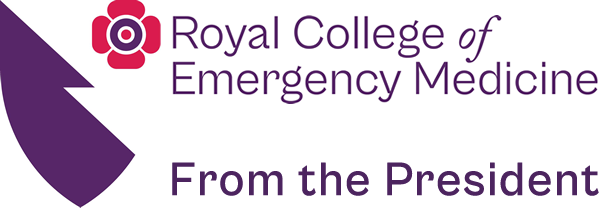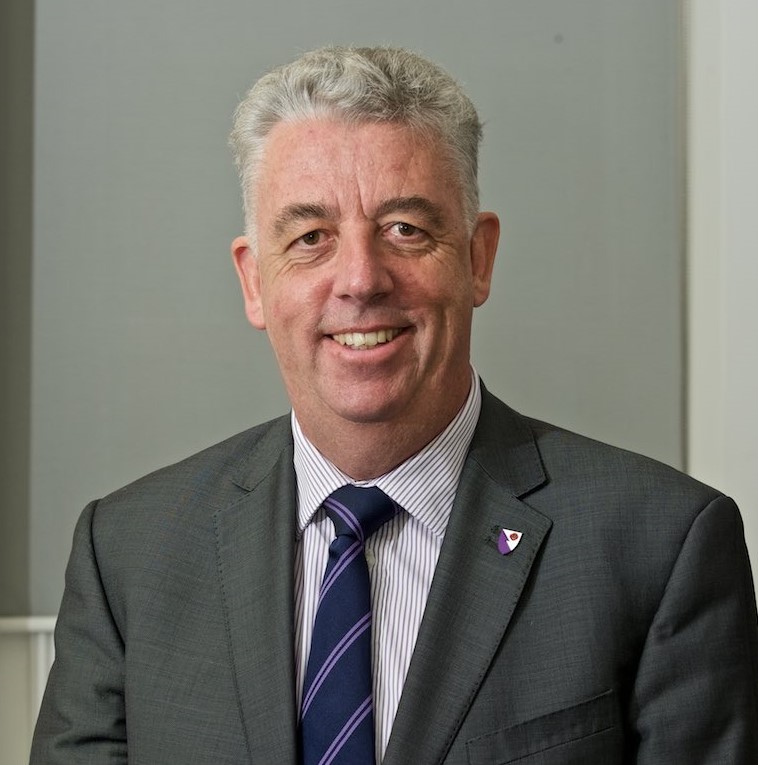My last newsletter spoke of the pressing issue of how terms and conditions are central to maintaining and increasing the current EM workforce. At the time of writing (August 30th) I am preparing for my next meeting with the Secretary of State and shortly after the Prime Minister’s Special Advisor. In order that these meetings are well informed I have prepared a briefing document. This briefing aims to ensure a shared understanding of the data that must inform the debate on terms and conditions whilst highlighting the wider issues that currently pertain to the pressures on emergency medicine. The document is too long to reproduce here in its entirety (though still commendably succinct!) I have therefore taken the liberty of presenting to you the key summary points and the stated positions of the employers and the government.
- Current pressures in A&E departments show no signs of diminishing.
- Numerous schemes since 2004 to reduce attendances have failed.
- The notion that UK patients are high users of A&E departments is false.
- In 2014/15 attendances were 600,000 higher than in 2010 – equivalent to 8 large A&E departments. This rise matches the expected effects of population growth and a predictable though disproportionate increase in elderly patient attendances.
- In the winter of 2014/15 admissions rose by 7% and delayed discharges doubled.
- Performance against the 4 hour standard has significantly declined.
- There has been an exponential rise in the number of patients with very long delays to admission i.e. greater than twelve hours.
- Time in the A&E department is a function of input, capacity and output.
- Input rose by 500,000 in 2014 – equivalent to 7 large A&E departments.
- Output or flow is increasingly delayed and compounded because of a lack of available beds. The reduction in available beds is due to:
- The reduced bed stock.
- increases in elective (non-acute work). Since 2010 almost 250,000 additional patients per year have been admitted for elective care (12.8%).
- Increased delays transfer of care.
- In consequence patients suffer ‘Exit Block’ from the A&E department – Exit block causes harm and mortality – it is a hospital acquired illness. It accounts for 13 extra deaths per 50,000 A&E attendances.
- Recruitment into emergency medicine has remained high with almost complete fill rates at year one. However retention has shown the greatest attrition rate of any medical specialty – almost 50% of year three/four registrars have resigned in the past 4 years.
- This loss of capacity is equivalent to 750,000 patient consultations per year or a further 10 large A&E departments.
- NHS England currently spends £3 million per week on locums for A&E departments alone. This is approximately half the annual running cost of an average A&E department.
- Terms and conditions are a key factor influencing retention of EM doctors. The current Ts&Cs are inequitable to those specialties with high frequency, high intensity out of hours work.
- The current debate focuses on 7 day services. A&E departments provide 365 day services. The pattern of referrals to A&E from NHS111 demonstrates this.
- The combined effect of contractual terms and work pressures create a powerful rationale for doctors in training and consultants to seek alternative employment with a further net loss of capacity.
- The Secretary of State has acknowledged this at the Dispatch Box.
- The NHS Confederation has acknowledged this in their report ‘Emergency Care: An accident waiting to happen’.
- The Royal college of Emergency Medicine is not a trades union but it is self evident that the current contract negotiations must not diminish standard terms and conditions for EM doctors – to do so will worsen retention & recruitment, worsen A&E performance, increase patient mortality and morbidity and increase the already extortionate locum spend.
The Government’s opinion
This extract from Hansard highlights the issue for many trusts and the governements recognition of the inequities of the current contract
Mr Sheerman (Huddersfield) (Lab/Co-op): Just what is going on in medical education in this country? We train doctors, but some never work as doctors, and others move abroad. Calderdale and Huddersfield NHS Foundation Trust has advertised and advertised again, but it cannot recruit accident and emergency staff. It certainly cannot recruit any who have been trained in this country, or who have been trained in paediatrics. What is going wrong with medical education here?
26 Nov 2013 : Column 142
The Secretary of State for Health (Mr Jeremy Hunt):The hon. Gentleman has raised some important issues. We do face big challenges. We have increased the number of doctors in the NHS by 6,600 over the last three years, but it is still very difficult to attract as many people as we need to disciplines such as A & E.
I know that Calderdale and Huddersfield NHS Foundation Trust is especially concerned about A and E staffing. I had a very good meeting with representatives of the College of Emergency Medicine last week to discuss A and E consultants’ terms and conditions and, in particular, their antisocial working hours. We are giving the matter close consideration, but I agree with the hon. Gentleman that we need to do better in this regard.
26 Nov 2013 : Column 139
The Employer’s opinion
The following are the unabridged verbatim conclusions of the NHS Confederations report ‘Emergency care: an accident waiting to happen?’
- A decision on winter pressure funding allocations should be communicated much earlier in the year – to allow time for different parts of the system to plan and prepare.
- In addition to the local campaigns many trusts carry out, a national public campaign on the alternatives to A&E should be launched by NHS England.
- There needs to be more senior staff and consultants present in A&E at evenings and weekends if the pressures on the workforce and the potential risk to patients are to be reduced.
- Monitor, NHS England and local commissioners need to develop alternative payment systems to the emergency marginal tariff, which include effective incentives for improving the quality of care, so that NHS organisations are fairly rewarded for their A&E work.
- The Department of Health and Health Education England should launch a national initiative to incentivise clinicians to work in A&E as soon as possible, so that senior decision-makers are placed at the heart of emergency care.
- More detailed work should be carried out to understand the impact of pressured A&E departments on staff morale and productivity.
NHS Confederation Briefing September 2013
Dr Cliff Mann FRCEM FRCP
President
The Royal College of Emergency Medicine
@RCEMPresident


